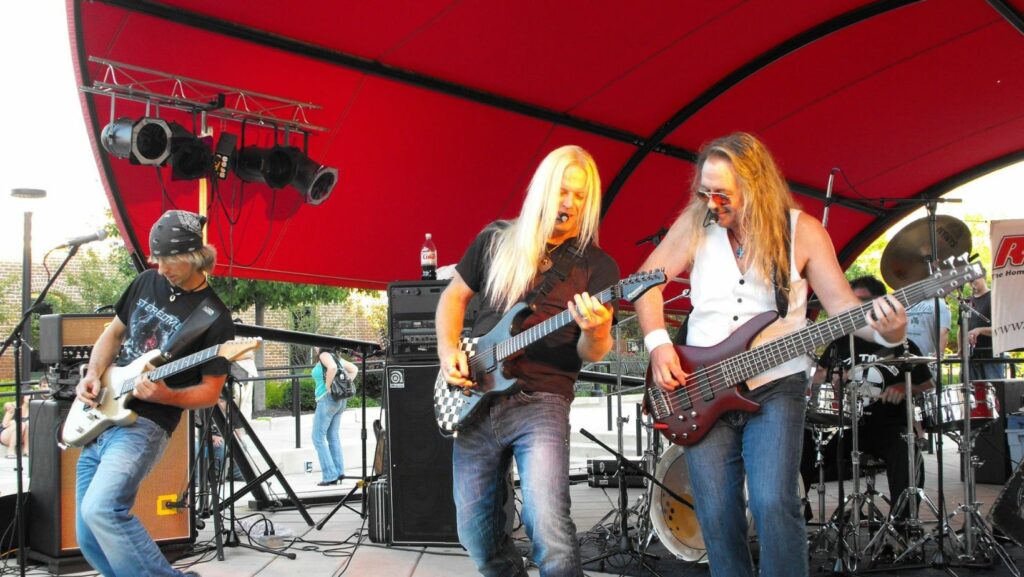Indie music has long been a breeding ground for creativity, pushing the boundaries of sound and storytelling. From its roots in the underground scenes of the 1970s and 1980s to its current status, indie music continues to evolve as a genre-blurring cultural force, reflecting the times and the artists who shape it. Blogs like White Light Riot highlight this journey, celebrating the independent spirit and innovation that define the genre. Let’s dive into how https://bizzocasino.com/ has transformed over the decades and what keeps it thriving.
The Birth of Indie: DIY Beginnings
The indie movement began as a response to the mainstream music industry’s control over production and distribution. Artists and bands who wanted creative freedom began producing. Releasing their music independently, often on small labels or their own.
Punk and Post-Punk Influences
The punk movement of the late 1970s was instrumental in shaping indie music. Bands like The Clash and The Sex Pistols inspired a do-it-yourself (DIY) ethos.  Encouraging artists to bypass traditional gatekeepers. Post-punk acts like Joy Division and The Cure carried this spirit forward. Introducing more experimental sounds and poetic lyrics.
Encouraging artists to bypass traditional gatekeepers. Post-punk acts like Joy Division and The Cure carried this spirit forward. Introducing more experimental sounds and poetic lyrics.
College Radio and Indie Labels
In the 1980s, college radio stations became crucial platforms for indie music. Giving exposure to bands like R.E.M. and The Smiths. Indie labels like 4AD and Sub Pop emerged as powerhouses. Offering an alternative to corporate giants.
The 1990s: When Indie Went Mainstream
The 1990s saw indie music infiltrate the mainstream. With bands like Nirvana, Radiohead, and Oasis achieving massive success. This era blurred the lines between “indie” and “mainstream,”. But the ethos of independence remained.
Britpop and Alternative Rock
The Britpop wave, led by Blur and Oasis. Showcased how indie sensibilities could create chart-topping hits. Meanwhile, in the U.S., the alternative rock explosion brought bands like Pearl Jam and Smashing Pumpkins into the spotlight.
Cult Favorites
While some indie acts achieved mainstream fame, others retained their underground status. Artists like Neutral Milk Hotel and Elliott Smith built devoted followings. Influencing future generations of musicians with their raw, intimate songwriting.
The 2000s: The Digital Revolution
The advent of the internet revolutionized the music industry. Offering indie artists new ways to connect with audiences. Platforms like MySpace, Bandcamp, and SoundCloud allowed musicians to share their work with fans.
The Rise of DIY Production
Affordable recording equipment and software democratized music production. Enabling artists to create professional-quality tracks at home. Bands like Arcade Fire and Bon Iver epitomized this era, blending lo-fi aesthetics with innovative soundscapes.
Enabling artists to create professional-quality tracks at home. Bands like Arcade Fire and Bon Iver epitomized this era, blending lo-fi aesthetics with innovative soundscapes.
Genre Fluidity
The 2000s also marked a shift toward genre fluidity. With indie artists incorporating elements from electronic, hip-hop, and folk music. This experimentation broadened the appeal of indie music and challenged traditional genre boundaries.
Today’s Indie Scene: Diverse and Dynamic
In the 2020s, indie music is more diverse and accessible than ever, thanks to streaming services and social media. The genre has become a melting pot of styles, reflecting the globalized nature of the modern music industry.
Global Voices
Artists from around the world are redefining indie music, bringing unique cultural influences to the genre. Acts like Tame Impala (Australia), Mitski (Japan/USA), and Rosalía (Spain) showcase how indie transcends borders.
TikTok’s Impact
Social media platforms, particularly TikTok, have become powerful tools for indie artists to gain exposure. Viral hits can catapult unknown musicians into the spotlight, as seen with acts like Clairo and Beabadoobee.
Sustainability in Music
Indie artists are also leading the charge in sustainable practices. From eco-friendly vinyl production to digital-only releases. This aligns with the values of a younger, socially conscious audience.

